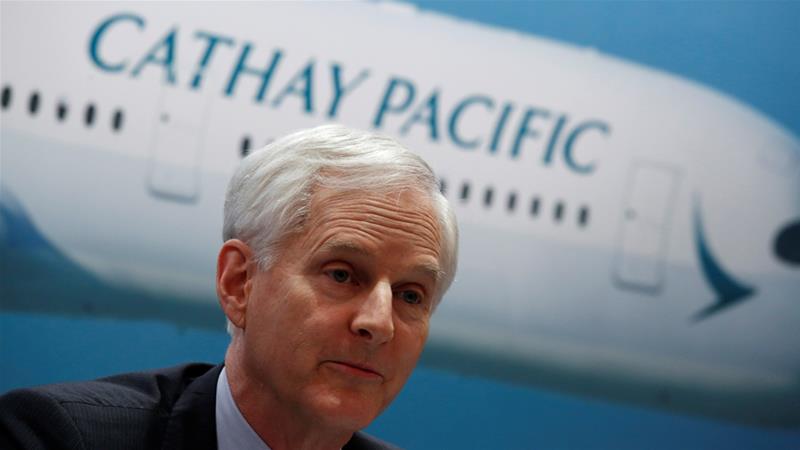
Air Caraïbes (a member airline of Groupe Dubreuil) has taken delivery of its first A350-1000, the largest member of Airbus’ new-generation A350 XWB Family, making it the first French operator of the type. The airline plans to operate its A350-1000s alongside its three A350-900s and six A330s on routes from Paris to the French Caribbean. The new aircraft will seamlessly integrate into Air Caraïbes existing fleet thanks to Airbus’ unique fleet commonality and provide the airline with additional flexibility. In total, Groupe Dubreuil has three A350-1000s on order.
Air Caraïbes’ A350-1000 are configured in a three-class layout with 429 seats (24 “Madras” Business, 45 in “Caraïbes” Premium Economy and 360 in “Soleil” Economy). All A350 XWBs are equipped with a quiet and comfortable Airspace cabin with a new lighting system, which strengthens the sense of passenger wellbeing and relaxation on long-haul flights.
The A350 XWB features the latest aerodynamic design, a carbon fibre fuselage and wings, plus new fuel-efficient Rolls-Royce engines. Together, these features translate into unrivalled levels of operational efficiency with a 25% reduction in fuel burn and emissions. The A350 XWB’s Airspace cabin is the quietest of any twin-aisle and offers passengers and crews the most modern in-flight products for the most comfortable flying experience.
At the end of November 2019, the A350 XWB Family had received 959 firm orders from 51 customers worldwide, making it one of the most successful widebody aircraft ever.


















